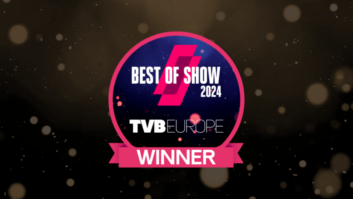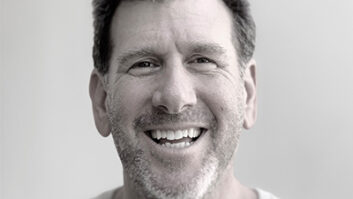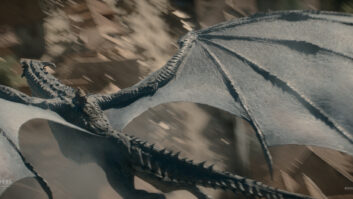Released last month, Beetlejuice Beetlejuice is Tim Burton’s sequel to his 1998 comedy horror.
Burton worked with cinematographer Haris Zambarloukos on the sequel, who opted to use the Sony VENICE 2 camera on the project, stating: “I really do like the colour aspect of the Sony VENICE 2, I think it’s great at rendering colours.”

Zambarloukos chose to shoot using the camera’s full frame 8.6K 3:2 open gate scan mode with Panavison Ultra Panatars and Ultra Panatar II lenses. The Ultra Panatars are older 1.3x anamorphic lenses that use cylindrical elements for focusing, giving the film a unique look.
For Beetlejuice Beetlejuice, Zambarloukos worked with the film’s camera department to find new ways of creating interesting images. “I was curious to see if in our flashback, where Beetlejuice meets Dolores his wife… that was all set in this kind of gothic candlelight, what kind of infrared would be emitted by candles and by lighting the scene with only candles and shooting it in black and white infrared,” he explained.

Zambarloukos also employed Sony’s FX3 full-frame ultra compact camera on the project, using it to shoot a sequence involving Jenna Ortega’s Astrid riding her bike through the town. He mounted the camera on a small gimbal attached to her bike, as well as to an electric bike for tracking shots.
The cinematographer admitted that while on paper the specs of the Sony FX3 were quite a bit lower than that of the Sony VENICE 2, he felt the FX3 worked perfectly for the sequence.
“The colour space for the two cameras is very much from the same place and I’m very aware that I find that more obtrusive when it’s wrong than anything else, such as than pixel counts, etc.”







